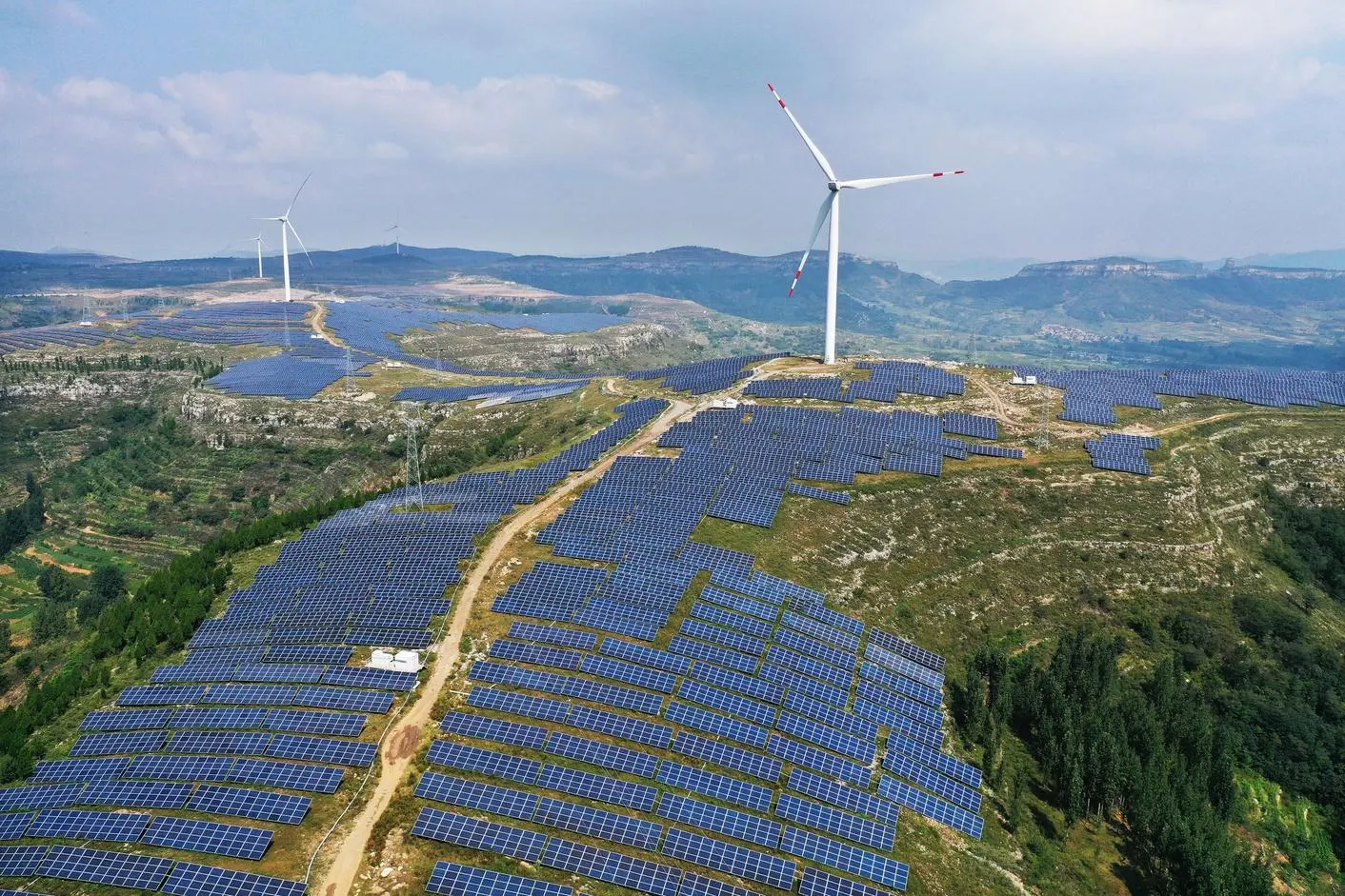Written by U.S. Energy Information Administration
11 October 2023

The global energy system is governed by complex dynamics that play out over time across regions and sectors of the economy. Projected increases in population and incomes drive our expectation of rising energy demand through 2050. However, we expect the increased energy demand to be moderated by reduced energy intensity: less energy will be required for each unit of economic activity. In addition, we expect reduced carbon intensity—largely driven by the wide-scale deployment of renewables for electricity generation—which will help limit global CO2 emissions associated with what will be record-high energy demand. Our International Energy Outlook 2023 (IEO2023) explains our findings and showcases key regional and sectoral variations. We use EIA's detailed World Energy Projection System to produce IEO2023, giving our readers a unique view into future global energy systems.
The challenge we face as modelers is to deliver actionable insights about the future in a world filled with uncertainty. To address that uncertainty, IEO2023 includes several projections—which we refer to as cases—each with different input assumptions. The cases we modeled focus on well-understood variables that can produce significant changes in global supply and demand patterns: macroeconomic growth, costs for zero-carbon generating technologies, and crude oil prices.
Although we model a number of cases, we do not try to comprehensively address all issues that could drive significant change, like in a forecast. In IEO2023, we do not incorporate deeply uncertain factors such as major new policy developments, technological breakthroughs, and geopolitical events, all of which can dramatically shift the course of energy system development. Instead, the cases included in IEO2023 build on recent trends and highlight the current trajectory of the global energy system.
Unmodeled surprises or breakthroughs that shift the trajectory of the global energy system will almost certainly happen. As Yogi Berra quipped, “The future ain’t what it used to be.” So, our modeled cases should not be interpreted as forecasts. Rather, IEO2023 provides a useful benchmark for decision makers around the world as they continue to shape our collective energy future.
In producing the IEO, we aim to be as transparent as possible. In addition to this written report, detailed model results are available on our website. Detailed documentation of the World Energy Projection System is also available on our website. In addition, the model source code is available for review, and we are actively working to make the model’s source code publicly available under an open source license. We are also working on expanding the capabilities of our model so that we can examine a wider range of cases in the future.
In closing, I’d like to thank our staff for their tremendous effort to produce this year’s IEO. I feel privileged to help lead such a talented team of experts.
